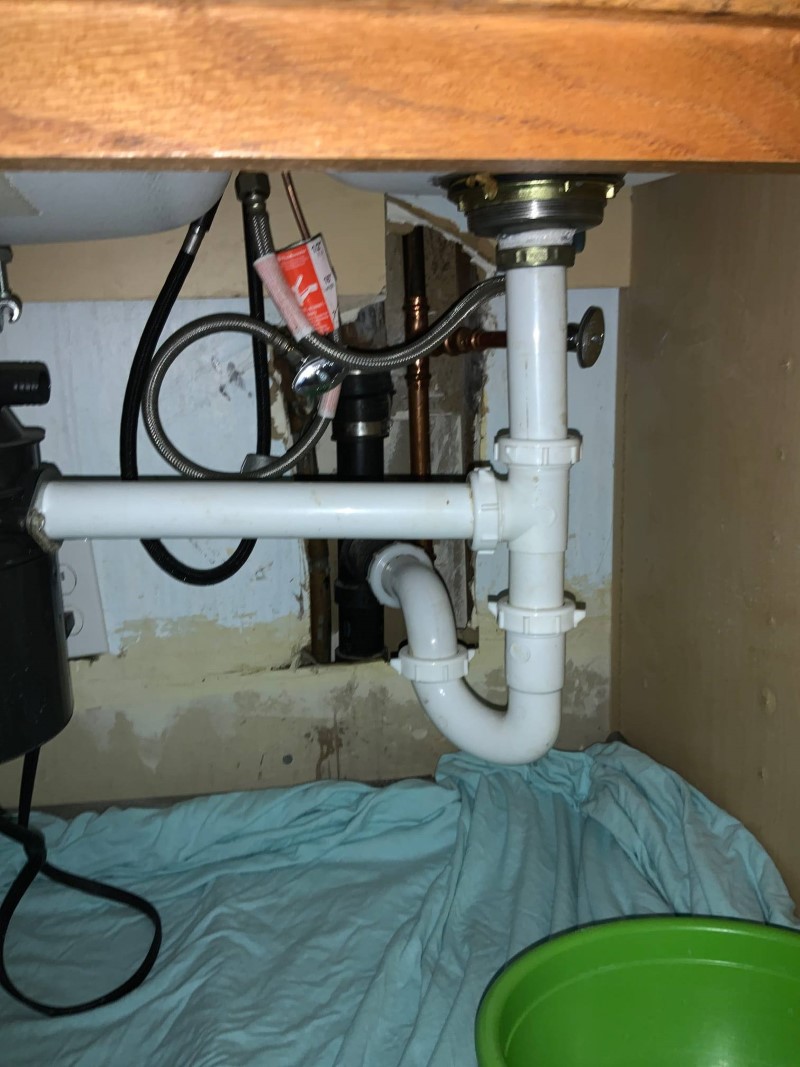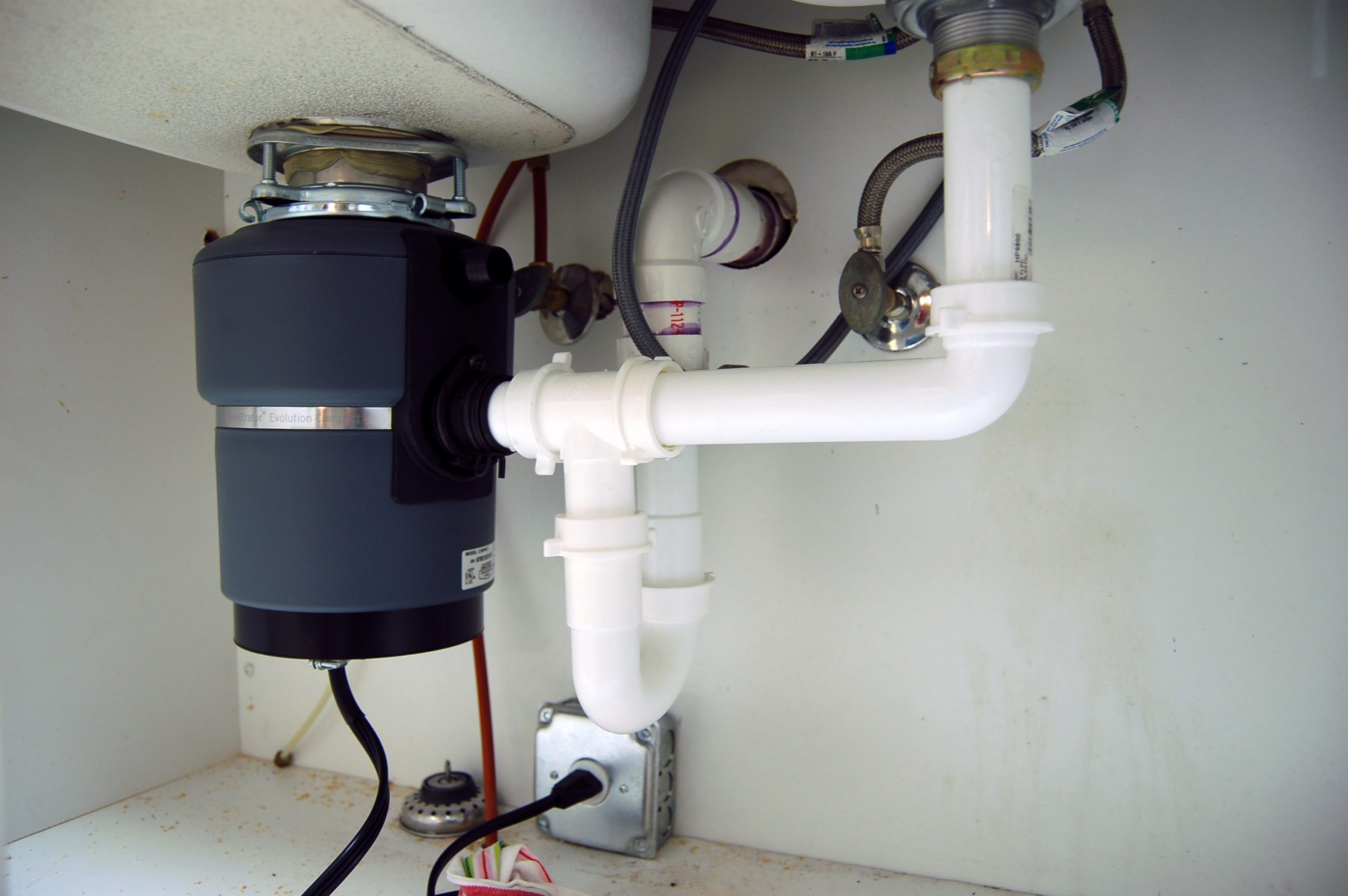Every person has their own unique beliefs about How to fix a pretty consistent leak from my garbage disposal.

Waste disposal unit are vital kitchen devices that aid in taking care of food waste effectively. Nevertheless, a leaking waste disposal unit can be an aggravating and messy issue to handle. Luckily, many leakages can be taken care of quickly with a few simple actions. In this short article, we will certainly discuss exactly how to take care of a leaking waste disposal unit effectively.
Intro
Waste disposal unit are installed under kitchen area sinks and are created to shred food waste into smaller sized items, allowing it to travel through the pipes system quickly. While these devices are usually trustworthy, leaks can occur in time as a result of damage, loose connections, or damage to the system.
Common Root Causes Of Leakages in Garbage Disposals
Worn Seals and Gaskets
Seals and gaskets play an important role in protecting against water from leaking out of the garbage disposal. Gradually, these components can degrade, leading to leaks around the disposal device.
Loose Links
The connections between the garbage disposal and the pipes system can end up being loosened over time, creating water to leakage out throughout operation.
Cracks or Openings in the Disposal Device
Physical damage to the waste disposal unit, such as cracks or holes in the housing, can additionally cause leakages.
Recognizing the Resource of the Leak
Prior to trying to take care of a dripping waste disposal unit, it is essential to recognize the source of the leakage. This can commonly be done with aesthetic examination or by carrying out basic tests.
Visual Evaluation
Check the waste disposal unit system thoroughly for any kind of indicators of water leak. Pay very close attention to locations around seals, gaskets, and connection factors.
Examining for Leakages
One means to check for leakages is by running water with the disposal device and checking for any type of noticeable signs of leak.
Devices and Products Needed for Repairing a Dripping Waste Disposal Unit
Before starting the repair service process, gather the required tools and products, consisting of a screwdriver, flexible wrench, plumbing technician's putty, replacement seals or gaskets, and epoxy or patching product for repairing fractures or holes.
Step-by-Step Overview to Fixing a Dripping Waste Disposal Unit
Shut off the Power
Prior to trying any kind of repair work, make certain that the power to the garbage disposal unit is turned off to prevent the risk of electrical shock.
Locate the Leak
Determine the precise place of the leakage and determine the reason.
Tighten Links
Use a wrench to tighten up any kind of loosened connections in between the disposal system and the pipes system.
Change Seals or Gaskets
If the leakage results from used seals or gaskets, get rid of the old parts and change them with new ones.
Patching Cracks or Holes
For splits or openings in the disposal system, usage epoxy or a suitable patching material to seal the damaged location.
Evaluating the Waste Disposal Unit After Repair Work
When the repair is total, check the waste disposal unit by running water through it to ensure that the leak has actually been dealt with.
Preventive Upkeep Tips to Prevent Future Leakages
To stop future leaks, it is essential to perform routine maintenance on your garbage disposal. This consists of maintaining it tidy, staying clear of placing non-food products or hard items down the disposal, and regularly looking for leakages or various other problems.
Final thought
In conclusion, fixing a dripping waste disposal unit is a relatively uncomplicated procedure that can be finished with basic devices and materials. By complying with the actions detailed in this article and exercising precautionary upkeep, you can maintain your waste disposal unit in good working condition and prevent pricey fixings in the future.
What to Do About a Leaking Garbage Disposal
A leaking garbage disposal often goes unnoticed until you confront a sopping cabinet, a foul-smelling puddle, or an audible drip-drip-drip from the unit. The fix can be frustrating, too, because the leak can stem from a number of components in the system. Fortunately, with a little sleuthing, you can zero in on the leak and—depending on the exact location—stop the icky oozing and repair the component that caused it. Worst case scenario, if it turns out that the garbage disposal must be replaced, installing a new one is a reasonable do-it-yourself task for those with basic plumbing skills. Read on to keep the cash you’d otherwise hand over to a pro.
Prepare to find the leak
Prior to testing the garbage disposal for leaks, unplug it at the wall outlet and turn off the power from the breaker box to prevent electrical shock. Then insert a watertight sink stopper into your sink drain and wipe the unit dry with a clean cloth. In any handy container, mix a few drops of food coloring into a few cups of water, and pour the dyed water onto the sink stopper to help you locate the leak.
Investigate the source
the top, where the disposal meets the sink drain the side, where the dishwasher hose or main drain pipe connects to the disposal or the bottom of the unit Inspect each of these locations while gliding a light-colored rag over the unit; the dyed water will readily show on the rag and reveal the location of the leak. If a leak isn’t immediately apparent, remove the sink stopper and pour a few more cups of dyed water down the sink drain, then check for leaks again. Leaks near the top of the unit are more likely to show themselves while the sink is plugged, while side and bottom leaks are more noticeable while the sink is unplugged.
The metal sink flange that sits directly inside the sink drain is typically sealed around the top with plumber’s putty (a clay-like sealant) and then secured from under the sink with bolts. If the plumber’s putty deteriorates, or the bolts loosen, the flange can no longer form a watertight seal between the sink drain and the disposal—which could cause a leak at the top of the unit.
To reseal the leaky flange, you must first detach the garbage disposal. Start by loosening the screws securing the main drain pipe to the disposal, then loosen the screws in the metal clamp securing the dishwasher hose to the disposal and detach the drain pipe and dishwasher hose from the disposal. Loosen the screws in the mounting ring that connects the disposal to the metal mounting assembly beneath the sink, then pull down the disposal and carefully set it on a clean, dry surface. Loosen the bolts in the mounting assembly with a wrench, then pull down the mounting assembly and set it near the disposal.

I am very involved in Garbage Disposal Leaking From Bottom and I really hope you appreciated our piece. Sharing is caring. Helping people is fun. We treasure reading our article about Garbage Disposal Leaking From Bottom.
This Website